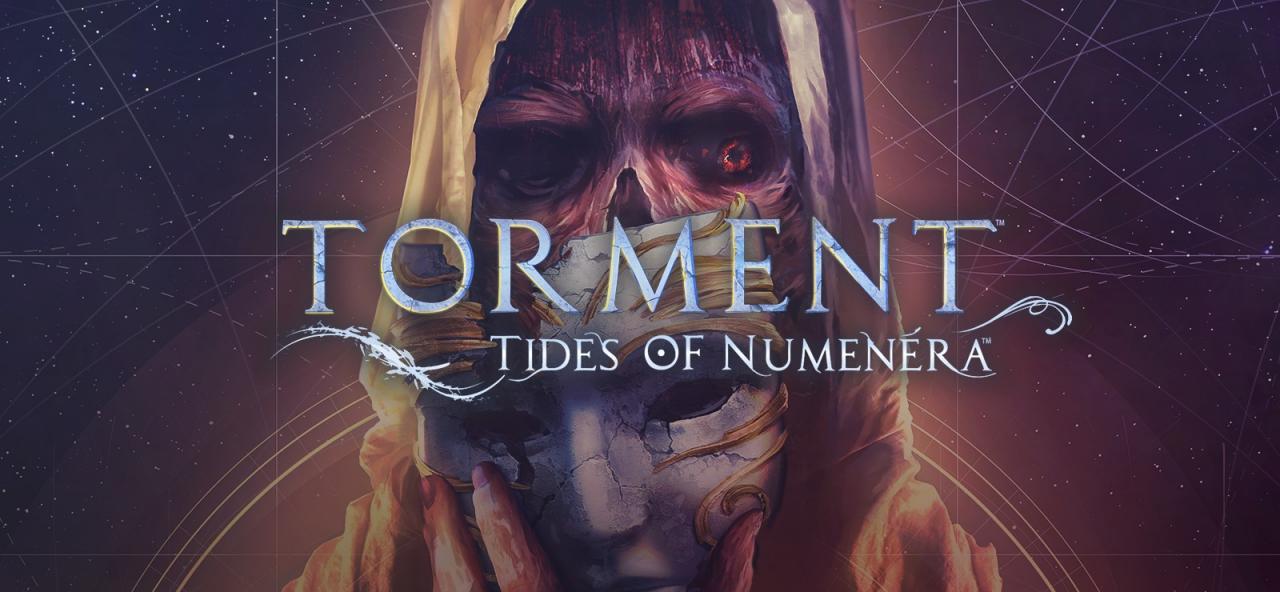
Planescape Torment vs. Torment Tides of Numenera
Planescape Torment vs. Torment Tides of Numenera – A look at a Classic CRPG and the modern CRPG it inspired.
The Games in Question
Planescape: Torment was first released in December 1999 as a PC game. Loved by critics and ignored by gamers. Planescape still developed a cult following among CRPG aficionados like myself. I played it on release day and I remember it fondly. This Dungeons and Dragons game uses a loose version of the second edition rules and in the Planescape setting. I’ll dive into that later, but suffice to say, it is weird! Recently re-released under “Planescape: Torment – Enhanced Edition,” allowing everyone to play under a number of platforms including mobile devices.
You can get Planescape: Torment on the Good old Games store.
Torment: Tides of Numenera started as a Kickstarter project from inXile Entertainment in partnership with Monte Cook Games. Both developers intended to create a “spiritual successor” to Planescape Torment. Thanks to the Unity Engine, inXile released Torment in February 2017 on a number of platforms. The setting takes place in the Numenera world and uses modified rules from the Cypher System for its combat encounters.
FYI: I’ll refer to the older game as either Planescape or Torment, and the newer title as Tides or Numenera.
You can buy Torment: Tides of Numenera from the Humble Bundle store. You can even leave us a tip.
Where I’m Coming From
I love CRPGs, Dungeons & Dragons, and I love Planescape. Back in 1999, I played Planescape Torment pretty much the moment I could get my hands on it. I only discovered Tides when my wife signed up for the Kickstarter back in 2013. I found myself more eagerly awaiting Tides release day than her!
When it did finally wrap up, I jumped onto my wife’s Steam account to play it. It took me about 4 weeks to play it thoroughly to the end, I very much enjoyed playing it.
Only a few weeks after finishing Tides, I saw that the old Torment re-released for iOS. I soon found myself playing it again on my iPad while lying in bed — beside myself in delight! Now I could compare Tides not only to my memory of Torment but to a full recent playthrough. And do it while lying in bed no less. Fabulous!
Similarities Between Planescape: Torment vs. Torment: Tides of Numenera common
I can say without a doubt that the folks that made Tides succeeded in creating the spirit of Planescape: Torment. They knocked it out of the park. These two games have a great deal in common with one another.
Both games are based on pen and paper RPGs and set in fantastical worlds — wholely different from classic Tolkein fantasy tropes. Textual Dialog is the backbone of the storytelling and gameplay in both titles. Each probably has more dialog and description than a typical novel and you will spend much of your playtime reading.
In addition, both games include a combat system secondary to the storytelling and dialog. Both feature an isometric playscape with characters rendered as 3D sprites.
Each game features a main character that is effectively immortal but has lost their memory of who they are. Both games allow your hero to collect a motley band of curious allies who accompany you on your journey. And both stories are one of the heroes discovering and determining the meaning and purpose of their unusual life.
Beyond these central themes and styles, there are a great many small homages in Tides that parallel or honor Torment. From the fact that dying advances the plot to the quirky magic items you find, to specific lines of dialog. The makers of Tides clearly studied the original, loved it well, and wanted to make a game in its honor.

How Do They Compare?
The Settings
Planescape and Numenera both spotlight weird arcane worlds, void of familiarity, and filled with the strange and wondrous around every corner. But they are none the less very different from one another in detail.
Locations
Planescape centers itself in a place called the “City of Doors” — a high magic steampunk-gothic-city filled with monsters of every possible description as it is by human beings. It is the airport of the fantasy universe where a pack of devils might be having high tea with a contingent of angels.
Numenera is a sort of post-post-apocalypse science fiction setting out to demonstrate the notion that sufficiently technology is synonymous with magic. The setting is the Ninth World, an unrecognizable version of Earth that has been through the complete rise and fall of humanity at least nine times. Remnants of civilizations scarcely imagined litter every inch of the world. But it’s heart is fantasy, an untamed world of mystery waiting for bold explorers to discover it.
Both games dig pretty deep into their world but the approaches are different. The original Torment offers the world on a platter for those who care to read the many dialog options, or for those who browse the encyclopedia. It has some secrets, but mostly it lets you drink as deeply of the lore as you like.
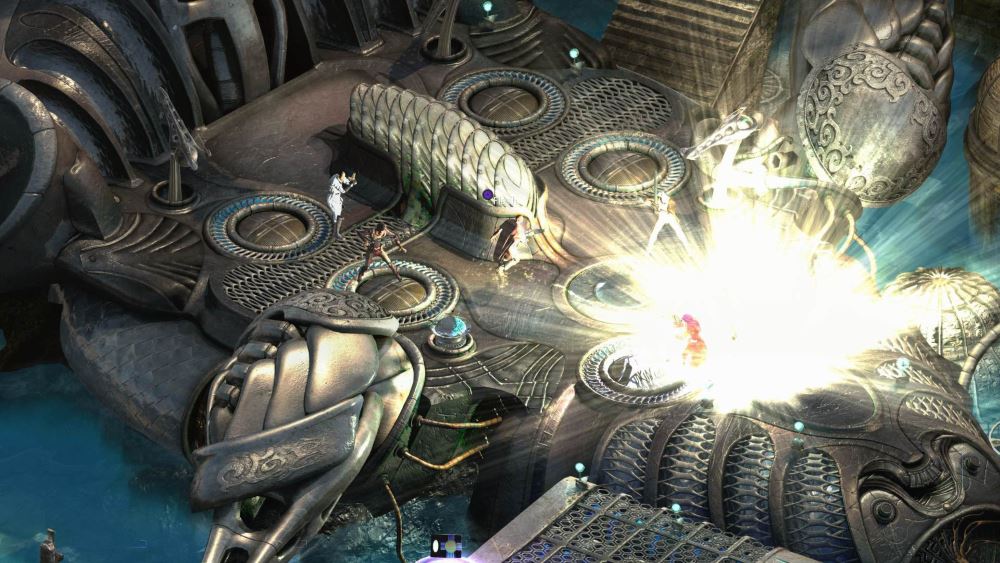
Mysteries to Uncover
Tides like to keep its mysteries close to its chest. It doesn’t tell you that this is earth, or why things are how they are, or who all these strange peoples and factions are. It makes slow reveals in the course of the storyline and doles out questions and answers as part of the gameplay.
I think Tide’s approach is better. It preserves mystery and wonder, putting you in the shoes of a stranger in a strange land. But in a game, the result often leaves you looking at strange creatures and places without any context for what they are or what they mean. It is overwhelming and in the end, instead of fascinating it can become meaningless noise for the player.
Another big difference in the settings, or in the game’s treatment of the settings, is the theme or force at the heart of each. In Planescape Torment, philosophy and spirit are at the heart of things. Morality and emotion drive the multiverse and your quest is about coming to terms with that.
In Tides of Numenera, the journey is much more about understanding what you are, how you work, and what actions you can take that change the world around you. While there is undoubtedly a spiritual element, it always has the feeling that some kind of technology is at the root of what is happening and that thinking rather than a feeling is how you resolve your character’s dilemma.
Winner: Planescape Torment, buy a rather biased smidge.
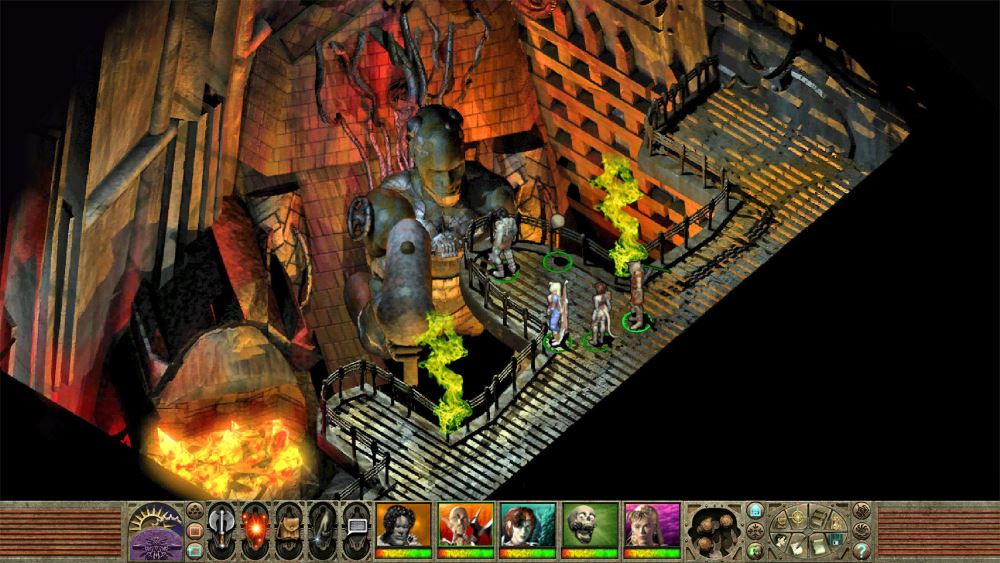
The Story
If you want to dodge story spoilers, Dodge this section because I’m going to talk about the conclusion to both games in a way that reveals a fair bit about each.
The journey in each game is different in many respects, but the feel and scale of are very similar in both games. They present you with a detailed city that you begin in and then branch out to lots of little locations around it where the plot matures. The main characters and their central motivations are much the same. Find out about my past and origin while deciding what kind of person I want to be in a world full of challenges and mysteries.
Weight of Consequence
The outcomes are pretty different in an interesting way. In Torment, the stakes are surprisingly small in scale. The world and the universe are in no great danger. Your companion’s fates are only on the line in so much as they have decided to travel with a strange man with a clearly violent past. The ultimate decision you make at the conclusion is about what fate you choose for yourself and how that impacts your loyal friends. Ultimately you are both protagonist and antagonist, beginning and end of the story.
In Tides, you have a much more traditional fantasy narrative where the fate of the world hangs in the balance and you are the fulcrum. Which way you push will determine what happens not only to you, not only to your allies but also much of the world. It is not quite apocalyptic, but it does have a more classic heroic scale to it. And while there are echoes of the idea that you are protagonist and antagonist, it doesn’t feel so wholistic or poetic as the original.
Winner: Planescape Torment by virtue of the path less traveled
The Combat
On the crunchy side of life is the combat. The spiritual underpinnings of each are not that different, but the game mechanics are a big departure from one another within the scope of both being traditional RPGs.
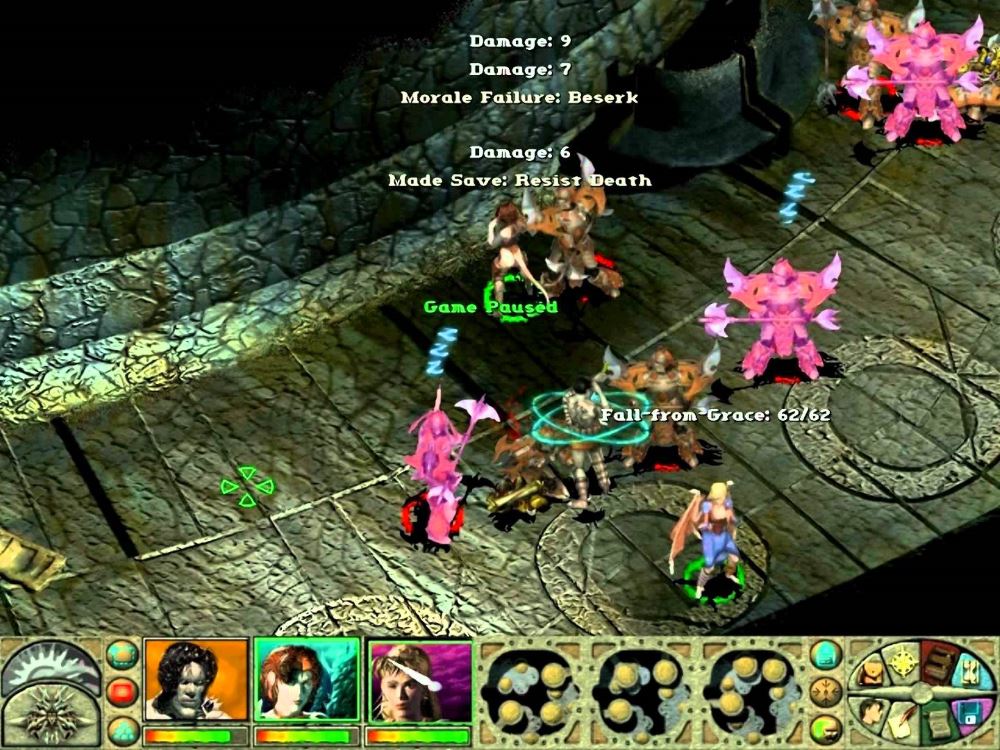
Optional Cobat
Torment has a reputation of having combat encounters can be resolved or avoided through dialogue or stealth. But when combat does happen, it’s in real-time and flows pretty smoothly from walking around talking to people, into fighting with them. You can pause the game when you like and order your character and their allies to attack, cast spells, or run away. Unlike many RPGs, running away is not only possible, but it is also pretty easy most of the time.
The two main types of fighting are swinging weapons at close range, and casting spells at a distance. I found the spells far more interesting — a finite resource restored only when you get a chance to rest in a safe place. As a result, you spend most of the game just telling your minions to smash face and then watching them do that. Spells tend to be somewhat ineffective except against large groups that you can catch by surprise.
Frankly, I find the combat in Torment to be pretty bad by the standards of the CRPG genre. I can’t think of many games that do it worse except a few with systems so tedious they drive you to tears of boredom. Character building doesn’t really reward you much, and combat balance is iffy at best.
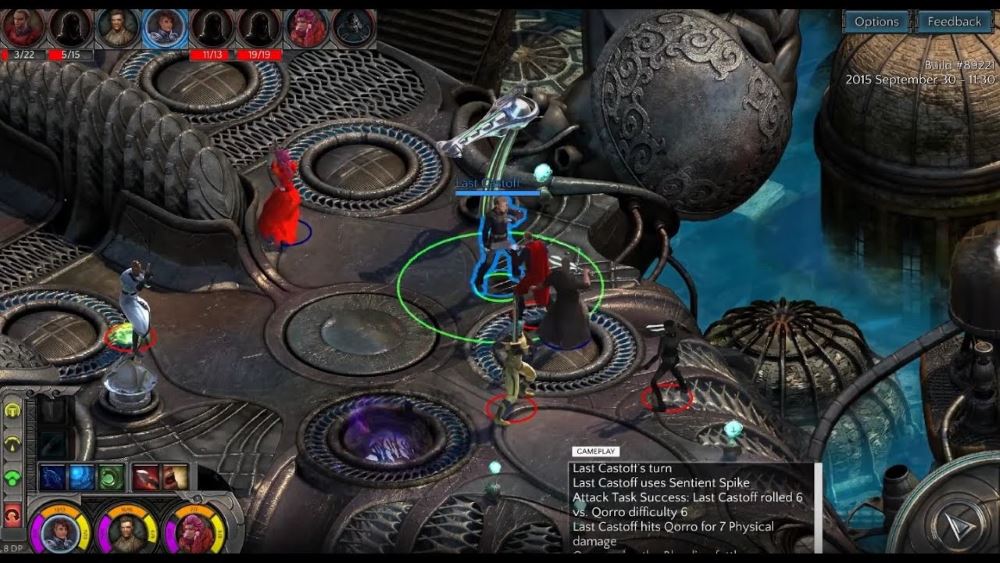
Tidy Turn-based Combat
Tides, on the other hand, is a turn-based system with a fair bit of tactical complexity. Here you have the more traditional trifecta of Spells, Melee Weapons, and Ranged weapons available to choose from. Since it is turn-based, you have a lot more opportunities to exploit the spells to full advantage.
Combat is also a lot more formal in Tides. When you are in combat, time stops, and orderly turns procedure. Combat continues until one side has achieved victory while running away yields neither reward nor penalties. That said, Tides does something wonderful in that it’s combat encounters also support opportunities for dialog and actions normally reserved for non-combat situations. In the midst of a fight, you can use a character’s turn to try and barter a truce to the fight or trick an enemy into changing sides. It is very unique and very welcome addition to the genre.
Tides of Numenera combat feels a bit rough around the edges. Some of the character development choices feel incredibly powerful compared to others such as to “break” the balance of the system. But in a game so focused on its story, these weaknesses are no great distraction from the overall game and the innovations outweigh the rough edges.
Winner: Tides of Numenera by a country mile!
The Writing
Since both of these games are chock full of writing this might be the most significant category to compare the two. I dare to say that, directly competitive because it is not so much what choice they made in the design, but how well they executed the choice they made.
Both of these games are trying hard to have good writing and both deserve praise for what they have achieved. The stories are rich, the characters are vibrant, the ideas are unique. The sheer volume of text in each game is epic.
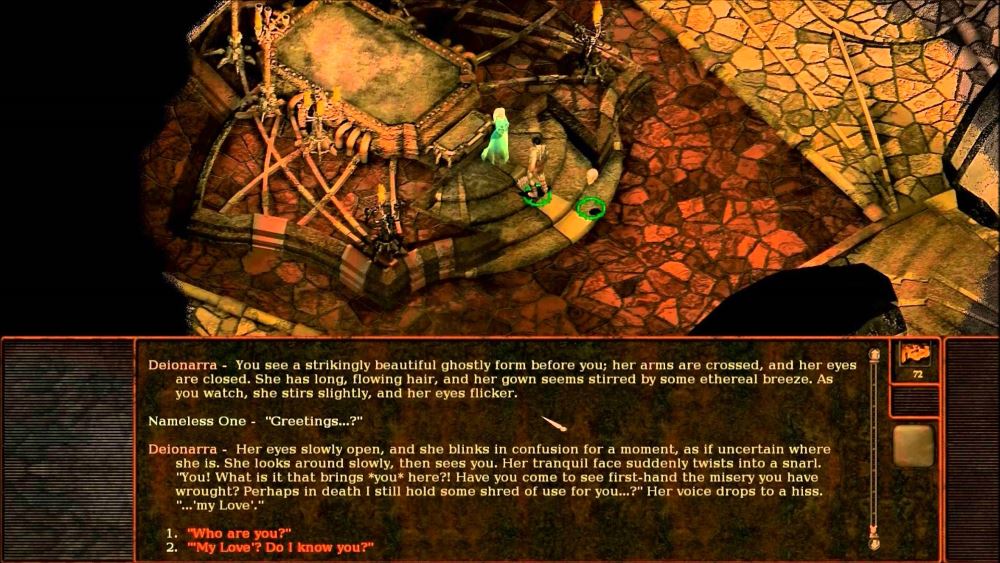
Torment’s Quirky Dialogs
Planescape Torment has a writing style that is both at once quirky and mundane. It is mundane in that the language used is generally mattered of fact and to the point. They are not trying to be poetic or lyrical in their descriptions. It is quirky in that the things they are describing are completely gonzo. They are focused on the content rather than the language; with one exception.
The Planescape setting was originally created with its own slang vocabulary based loosely on cockney British English. In the printed game they also used a very strange font to give it an exotic and alien feel. Thankfully the font is nowhere to be found, but the “cant” as it is called in the game, is present in much of the dialog.
Magniloquent Numenera
Numenera sometimes suffers from trying too hard to be cool. There is a lot of ‘bitter scent of despair’ and ‘tangible darkness’ that might make good song lyrics but don’t work so well as descriptive text. They come at you right from the beginning of the game and feel both unearned and distracting. fortunately, these overwrought flourishes are not consistently used. When the writers avoid them, the style and content are of professional quality and fairly engaging.
Numenera’s biggest weakness in it’s writing is also Torment’s biggest strength. Torment is funny. It is loaded with contextual humor and whimsy. With the world as strange as Planescape and characters ranging from a man on fire, a floating skull, and an angelic succubus there are huge opportunities for situational comedy. Planescape Torment exploits them often to good effect without hurting its overall tone.
I can only guess that the creators of Numenera made a conscious decision not to go down this path because there is very little humor in the writing or plotting of the game. The world is just as bizarre, and the characters just as ripe for amusing conflict or awkward misunderstanding, but they just leave those opportunities on the table at almost every turn.
Winner: Planescape Torment, with good humor and solid style.
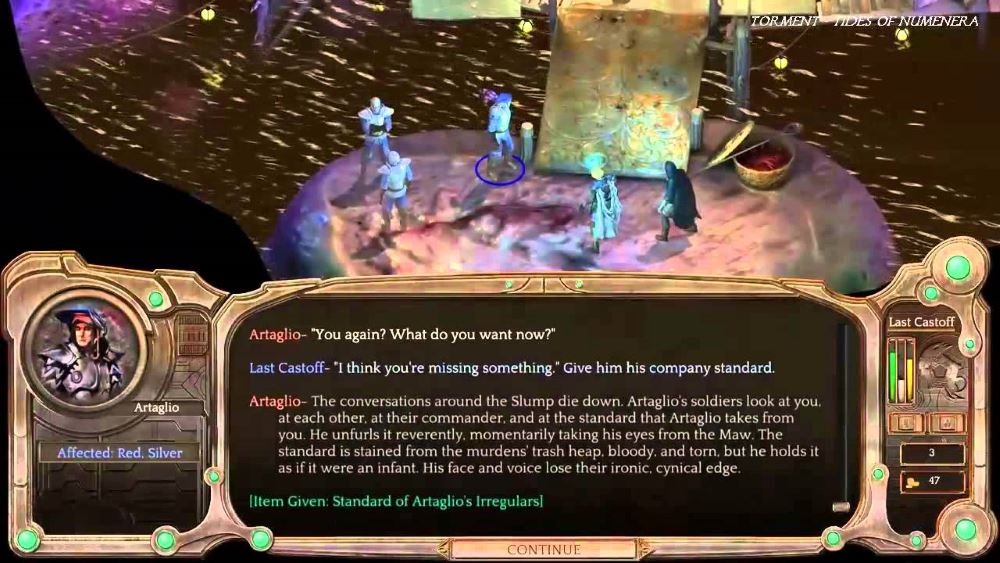
Dialog Mechanics
The dialog between the main character and the people he meets is the driving force behind both of these games. Planescape Torment represents the standard mechanisms for this mechanic, ones used in innumerable RPGs both before and since its 1999 release. Only rarely do games deviate from these systems. Mass Effect is a notable example of an effort to re-imagine the mechanic to mixed success.
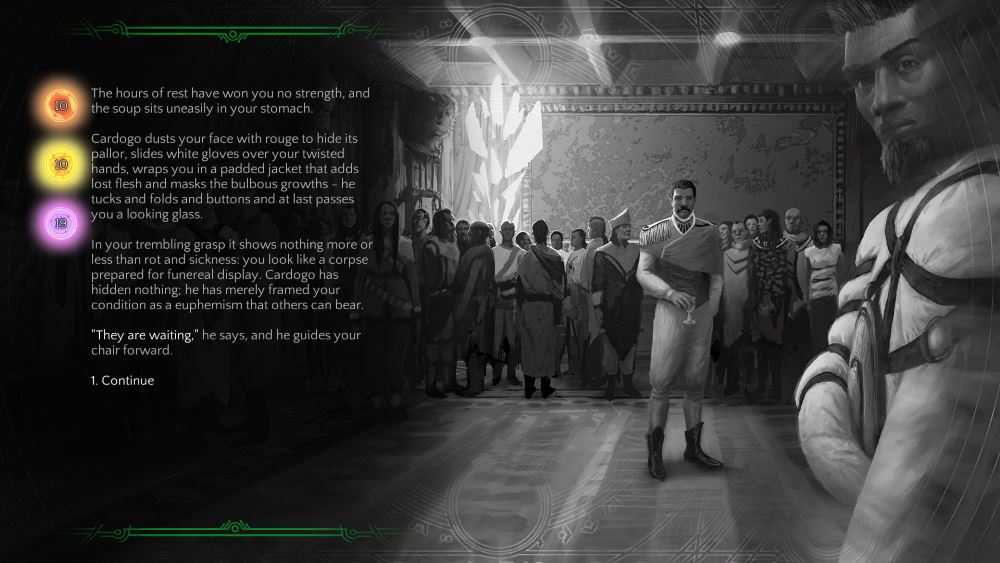
Dialog Skill Checks
Tides of Numenera doesn’t try to re-invent the way dialog is done, but it does add a number of new ideas to the mix. Tides’ action pool system is used to good effect to allow character building to impact dialog in a very tangible way. Some dialog options require a skill check which includes the option of deciding how much of your available skill pool you want to invest to ensure an outcome. The interface tells you what chance you will have based on how much you invest.
It isn’t the first game to include skill based dialog options, but it is the first that tells you your odds of success and gives you some measure of control over that. This makes it the first to include some measure of tactical gameplay in character dialog. Coupled with its use of dialog inside of combat encounters and you get a very nice, integrated game system.
Tides don’t stop there. It also has vignettes that are essentially small chose your own adventure stories. These take place when your character interacts with memory devices that let him see into the past, and in doing so, make changes to it. Not only is it a cool story device, but I enjoyed the little retro gaming opportunities. The inspiration for these may simply have been a lack of budget to render these parts of the story in engine, but I liked them none the less.
Winner: Torment: Tides of Numenera, for its successful innovation
Production Value
These games are largely not about graphics, sound, and UI design so I’m going to lump all this together into one category.
Planescape: Torment was a triple-A game of its day and Tides of Numenera is an independent studio effort. As a result, I’d expect Torment to have the advantage in most respects. That said, Torment was released more than a decade earlier so we would expect some advantages to skew to Tides.
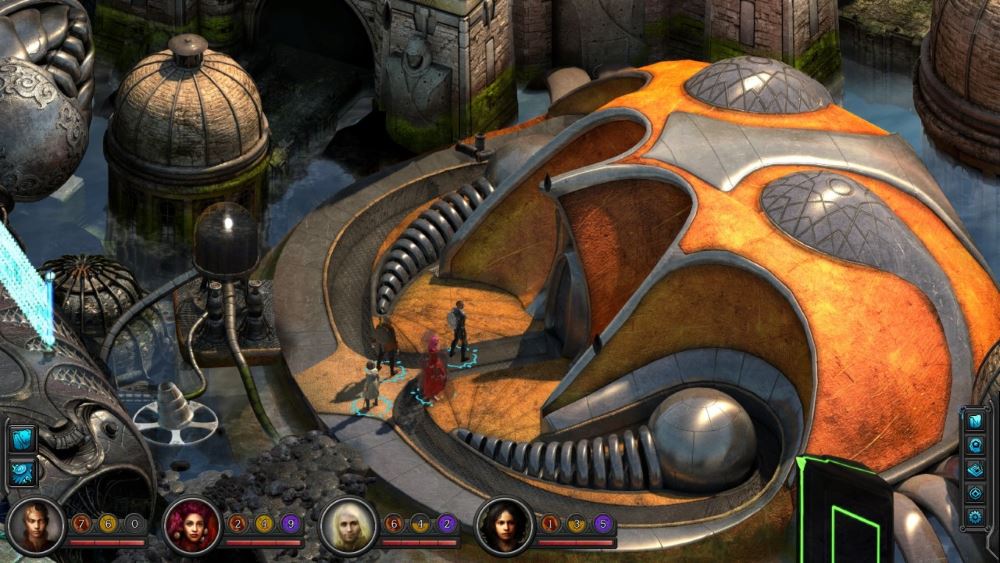
Modern Art
Both games have very good art design that has been well rendered with the available technology. The tools and technology available give the edge to Tides here. While I may prefer the gothic style of Planescape’s art, the fidelity and varied color palette in Tides makes it the prettier game.
Torment takes the crown in sound as it simply has a lot more of it. Tides has only the tiniest amount of voice work, while Torment frequently highlights dramatic moments with well-performed dialog. Neither game has a truly exciting soundtrack but Torment clearly spent more money on music for their game.
User Interface
UI design is kind of a wash. Both games are a little clunky when it comes to UI, something typical of most RPGs. Managing your inventory is something of a chore in both titles. The enhanced Torment should get some praise for making such a game very playable via a touch screen. Targeting enemies in combat can be a bit frustrating, but overall it was easy to control.
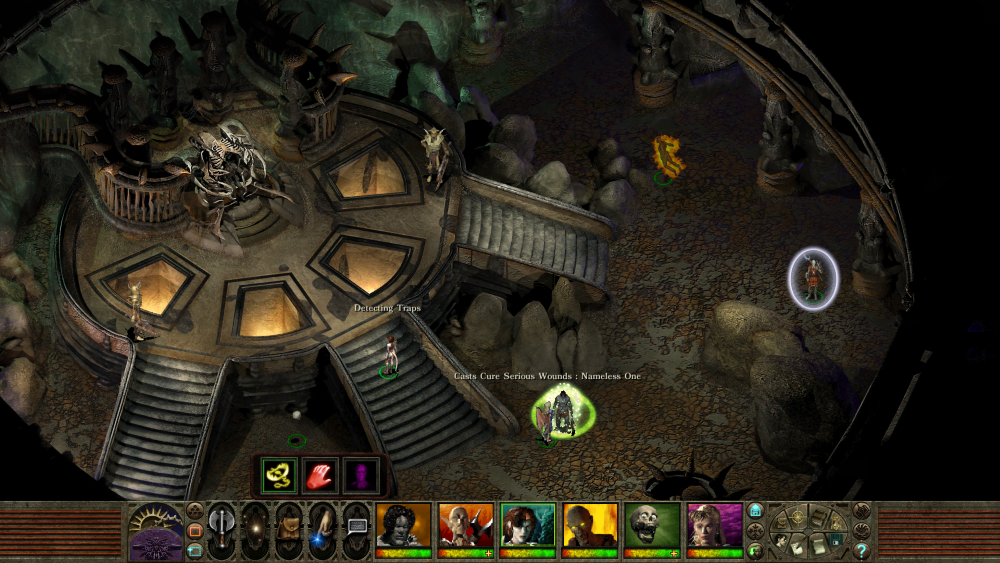
While both games are relatively small by RPG standards, Planescape feels like the more complete of the two titles. Backers of Tides of Numenera were disappointed that the scope of the game was cut back significantly from what was initially promised.
Winner: Planescape Torment, it may be older but its triple-A pedigree shines through, especially in the enhanced edition.
The Characters
The companion characters in Torment are one of the things the game is famous for. Morte, the disembodied skull is your initial guide in the world. From there you can recruit a half demon girl, a chaste succubus, a man on fire, an alien warrior monk, a mechanical cube creature (modern), and an animated suit of armor. Beyond just being weird, they all have their own unique outlook on life. And of course, there is the Nameless One himself, an immortal man covered in the scars of a thousand gruesome deaths. Now half man, half zombie.
Tides of Numenera honors the strange cadre of characters but tries to take a more subtle approach. Most of his companions are human beings. They are not without personality but neither are they so wildly inventive and diverse as in the original Torment. A stand out from Tides is Rhin, who is a female child you rescue from slavery. What makes her strikingly unique in RPG games is that she truly has little value in combat. She can speak to “gods” and can help in social dialogs, but takes up a place on your team that could otherwise go to someone with meaningful combat abilities.
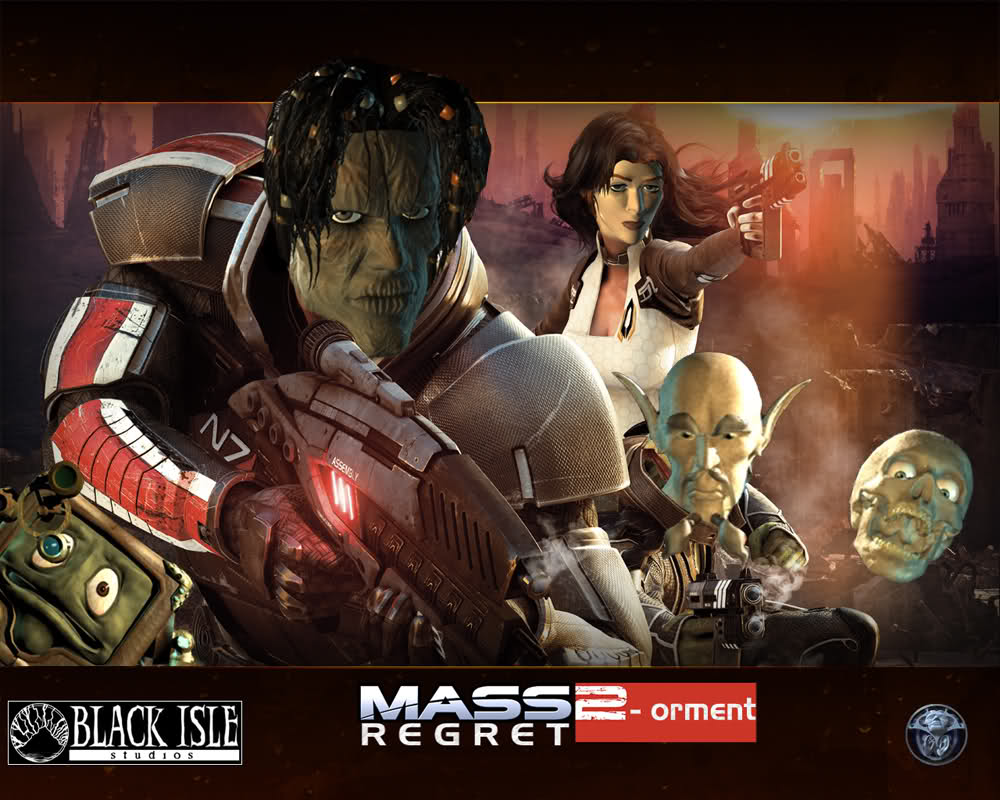
While Tides takes pains to make their characters interesting, it is simply hard to measure up to the crazy cast of Planescape Torment. If the Torment characters were just skin deep, that would be one thing, but each of them is well fleshed out and interesting to interact with. Tides of Numenera sets a high mark for interesting companions, but Torment pretty well defines the peak of the scale.
Winner: Planescape Torment
The Winner Please
While the student has done well and surpassed their master in some areas, Planescape: Torment remains the greater of the two games. It’s a strong and unusual story, it’s clear and focused writing, its gentle humor, and its crazy rich world are hard to beat.
Torment: Tides of Numenera easily surpasses its predecessor in its combat system and gameplay innovations, areas that Torment never made any effort in. With some refinement, it would make a truly great underpinning for future CRPG games and I commend the inExcel team on their innovations.
Lack of Humor
Tides is a very worthy successor, but it crippled itself with its lack of humor and a setting that just can’t offer up the bizarro wonder of the Planescape multiverse and its city of doors. It makes a good try at it but falls just a little short.
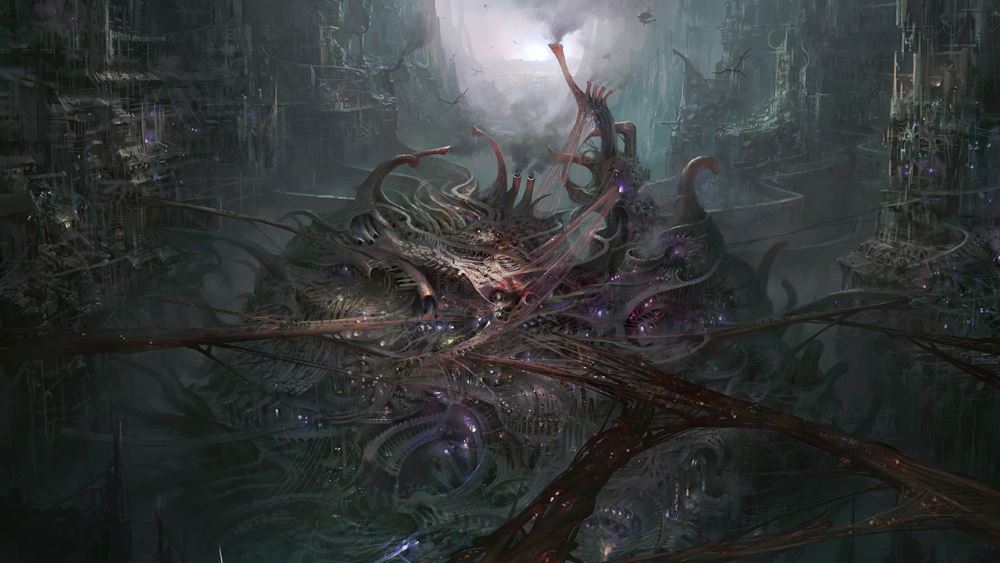
Conversely, if Planescape Torment had a core game system as strong as Numenera it would be a much-improved game. That’s something to say for a game so widely loved. I think it’s incredible strengths in character, setting, story and writing so overshadow its weaknesses that it looms large in the memory of anyone who played it.
Having played both recently, I’d still very much recommend both to modern CRPG fans, though with the caveat that if you don’t like games where you spend most of your time reading, give them a miss.
Some folks have pegged Planescape Torment as the greatest computer role-playing game of all time. I do not agree. It may tell one of the best stories, and it may have the most imaginative setting, but its flaws are pretty glaring and modern RPGs have made some incredible achievements since.
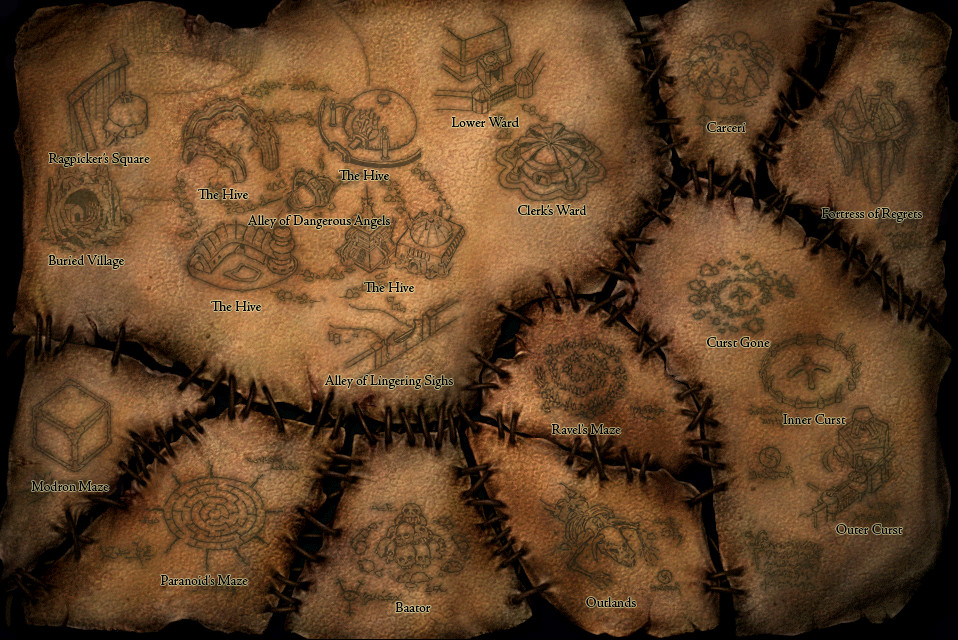
Of the games I’ve played, I’d have to give the nod to Witcher 3 as the pinnacle of RPG achievement. It combines impeccable writing, strong game systems, and state of the art technology to create a real masterpiece in every dimension.
My final judgment on Tides is that it was a strong game, true to its design goals, but not one that will linger through the years in my memory the way its inspiration has. I do hope that some of its innovations will carry forward and enrich those inspired by its worthy efforts.
Sorry, the comment form is closed at this time.


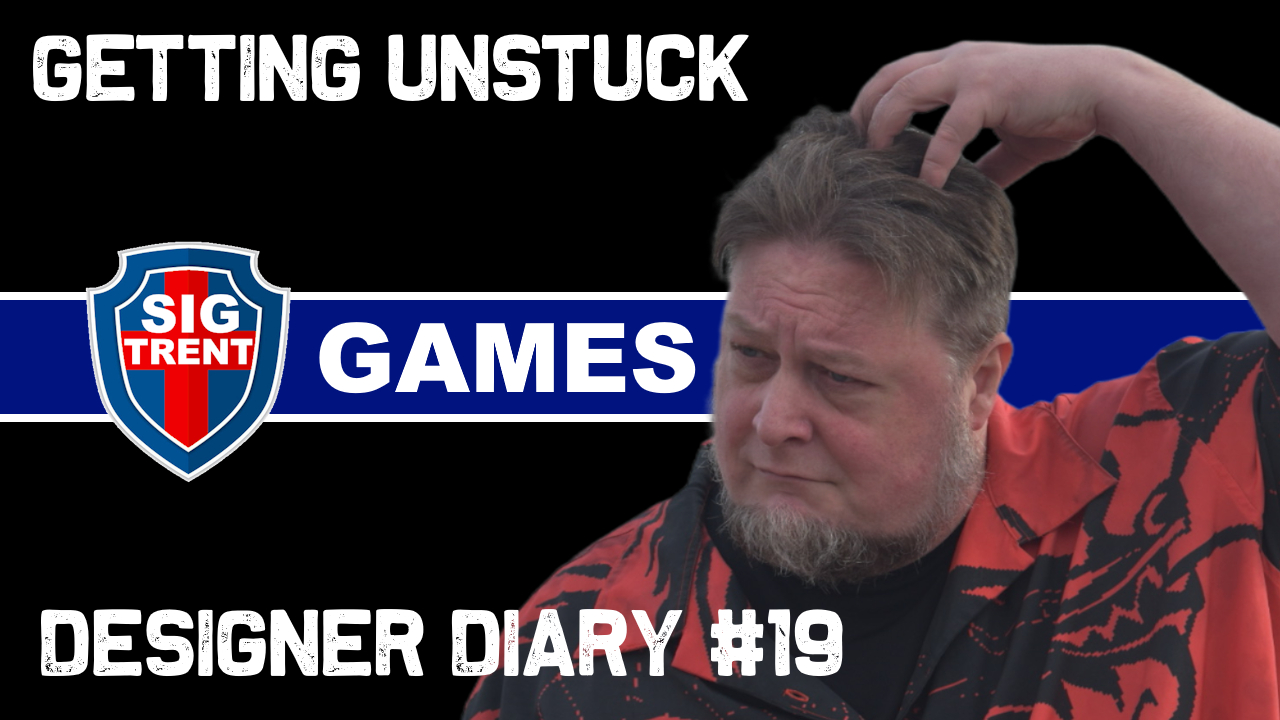

Bill
Tides was small, i though that when we left the previous outcasts it would then start the main story but that was not true. It needed more…
Sigfried Trent
Agreed. Mind you, I tend to like shorter RPG games, but Tides does end rather quickly.